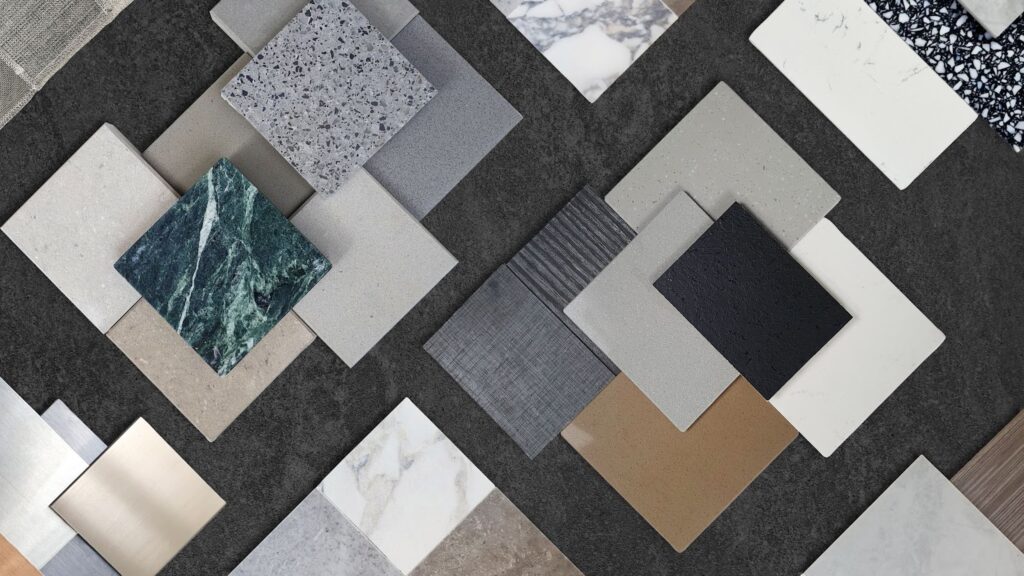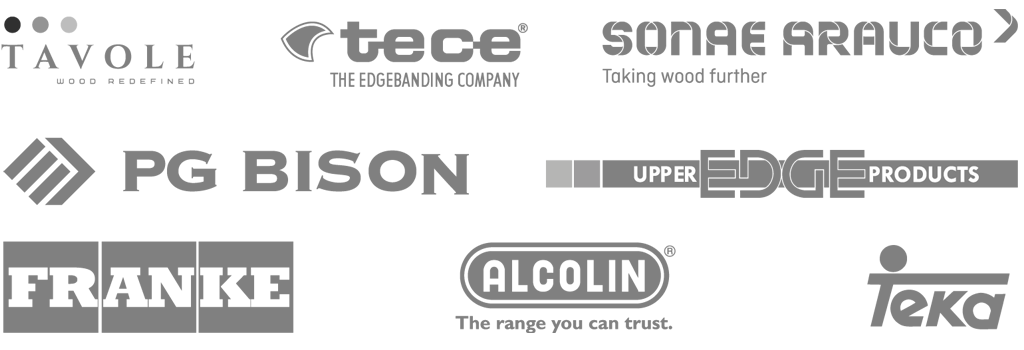



Origins and early uses
The roots of melamine trace back to its synthesis in the 1830s, but its widespread utility emerged during the mid-20th century. Initially utilised for laminates and plastics due to its affordability and durability, melamine gained prominence during the Second World War.
During this era, melamine resin was first combined with decorative paper and laminated onto particleboard, giving rise to the wood-based melamine panels we recognise today.
Post-War Renaissance
In post-World War II North America, melamine experienced a renaissance propelled by its affordability, durability, and versatility. The continent’s burgeoning construction and design industries embraced melamine as a cost-effective solution for interior furnishings and cabinetry. This period marked a significant turning point in melamine’s journey, establishing it as a staple material in modern decor and propelling it to its modern-day popularity.

Safety concerns and regulatory response
The melamine contamination scandal of the early 2000s sparked widespread concern over food safety and regulatory oversight. Authorities worldwide implemented stricter regulations and testing protocols to ensure the integrity of food products. Additionally, initiatives were undertaken to enhance consumer awareness regarding melamine-related risks and proper handling of melamine-based materials in various industries.
Melamine’s fusion with particleboard
Integrating melamine resin with particleboard revolutionised the manufacturing of decorative panels, paving the way for enhanced durability and aesthetic appeal. Manufacturers created a durable, versatile, and cost-effective material suitable for a wide range of applications by laminating melamine-coated decorative paper onto particleboard substrates.

This fusion of melamine and particleboard laid the foundation for the widespread adoption of melamine-based products in residential and commercial settings.
Modern applications and innovations
In contemporary times, melamine continues to thrive as a versatile material in interior design. Its inherent properties, including durability, heat resistance, scratch and stain resistance, antibacterial, and aesthetic appeal, make it a preferred choice for many applications. From kitchen counters and cabinets to office furniture and decorative panels, melamine’s adaptability fuels its continued relevance in modern design trends.
Melamine in everyday life
Melamine has seamlessly integrated into everyday life, enriching living spaces with its diverse applications. In residential settings, melamine-based cabinets, countertops, and shelving offer both functionality and style, while in commercial environments, melamine furniture and fixtures provide durability and visual appeal. Its prevalence in interior design underscores its role as a cornerstone of contemporary decor.
Future trends and developments
Looking ahead, melamine is poised to witness further innovations and advancements driven by technological progress and evolving consumer preferences. Future trends may include enhanced sustainability practices, such as developing eco-friendly melamine alternatives and adopting renewable resources in production processes.
Additionally, advancements in design capabilities and customisation options are expected to broaden melamine’s appeal across diverse markets.
The journey of melamine from its inception to its present-day prominence exemplifies a tale of resilience, adaptation, and boundless innovation. Its enduring versatility and utility continue to shape the interior design landscape, paving the way for a dynamic future of innovation and creativity.

